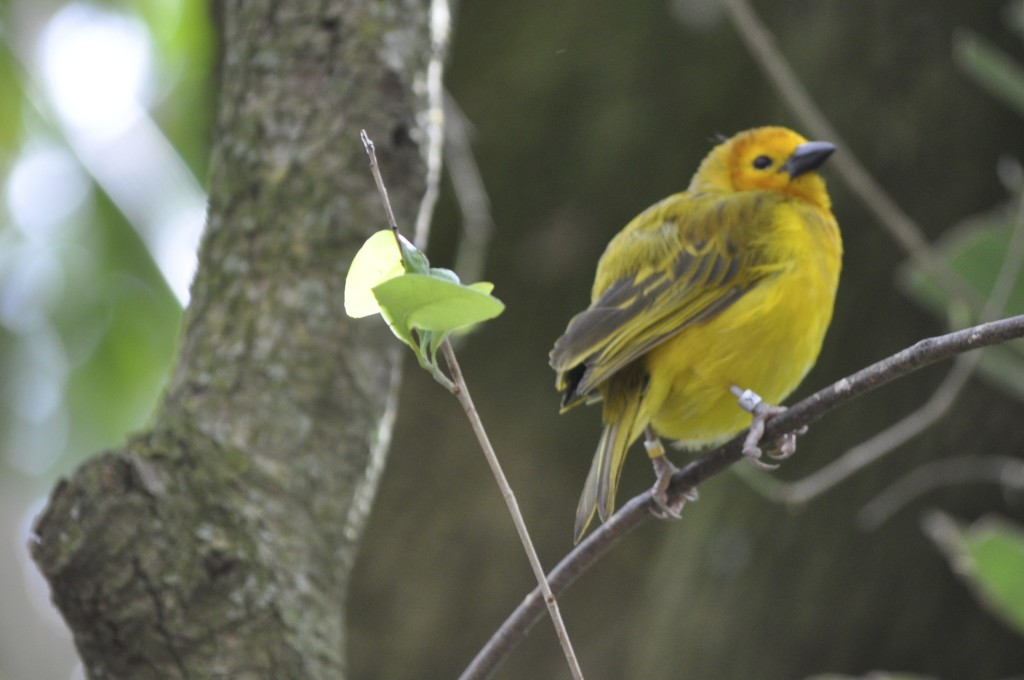During our artist study of John James Audubon this fall, we learned about the invention of bird banding.  Since that time the kids have been thrilled every time they spot a banded bird. It is like a personal treasure hunt.
Since that time the kids have been thrilled every time they spot a banded bird. It is like a personal treasure hunt.
Did you know that even casual observers can report their bird sightings? Since these birds are individually identifiable, any data on their movement helps scientists to develop a better understanding of that bird’s habits. Go to USGS.gov and input your findings. They will even provide you with a certificate for your efforts – a great addition to the kids’ homeschool portfolios.
The Florida Shorebird Alliance has offered a fantastic set of tips for understanding what all those colors and numbers mean. Take a look before trying to report your findings. The band’s location on the leg is important, which we never knew before.

We’ve found that it is far too hard to note all of these banding details without photographs. Birds move fast! So, grab your camera, get out into the woods (these snowy days without leaves on the trees make bird spotting a bit easier) and find some bands!
I hope you enjoy this project as much as we have! As always, if you have any questions, feel free to ask in the comments section.


This is such an interesting topic! I knew birds were banded, but I didn’t know the purpose behind it. Thank you so much for sharing. I’ll be looking in the trees next time I go for a hike! ;)
I love bird watching but I’ve never noted a banded bird. Perhaps I’ve simply not noticed.I’ll have to look more closely from here on out.
So interesting. I didn’t know this. Thanks for sharing. :)